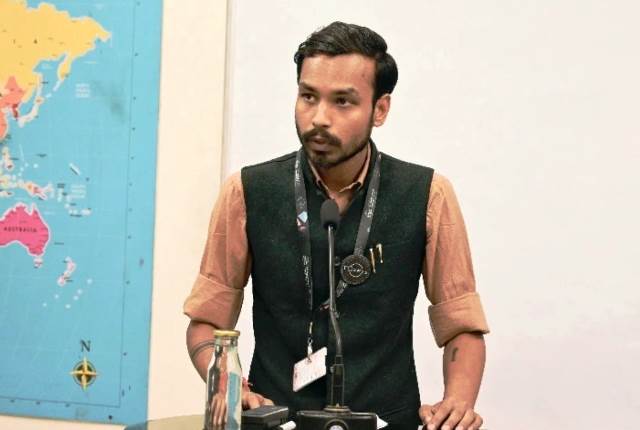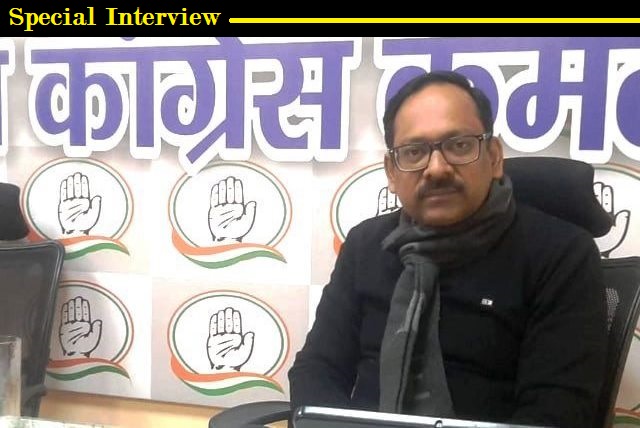
‘Cricket May Open Backchannel Diplomacy Between India, Pakistan’
Sourabh Kumar, a Masters student in School of Government, Pune, says cricket rivalry has been a barometer of political climate between India & Pakistan. His views:
The escalatory rhetoric and nuclear sabre-rattling of 2025 is both bad rhetoric and bad diplomacy. India’s punitive response in Operation Sindoor raised the conventional military cost far beyond symbolic strikes. Pakistan’s own reaction, particularly the reckless nuclear threats made by its Army chief, shredded the veil of a responsible statehood.
General Asim Munir’s threats from US soil to destroy Indian infrastructure and his apocalyptic “take half the world down with us” warning is a strategic miscalculation. The Indian Air Force Chief officially stated that the IAF had confirmed destroying five Pakistani fighter jets and one high-value large aircraft. To substantiate its claims, India released satellite imagery purportedly showing damage at the targeted sites in Pakistan.
Pakistan constructed a potent counter-narrative of military victory and Indian failure. The Inter-Services Public Relations (ISPR), its PR wing, claimed that the it had shot down six Indian aircraft, specifying three advanced French-made Rafales, a MiG-29, a Mirage-2000, and a Su-30MKI. It attributed this success to its No. 15 Cobras squadron, flying Chinese-made J-10C fighters equipped with PL15 beyond-visual-range missiles.
Pakistan claimed its retaliatory Operation Bunyan-umMarsoos had struck 26 Indian military targets, including 15 airbases, and destroyed high-value assets like S-400 batteries and BrahMos missile storage facilities—claims that India vehemently denied. Third-party assessments suggested the truth was complex and lay somewhere between the two narratives.
A French intelligence official reportedly confirmed to CNN that one Indian Rafale was downed, and a US official assessed with “high confidence” that Pakistani J-10s had shot down at least two Indian jets.
ALSO READ: ‘If You Can’t Share Water Or Airspace, Why Share A Cricket Field?’
Indeed, from cricket diplomacy to boycotts, it seems to be a predictable story. This is a case study in public sentiment and power politics. The India-Pakistan cricket rivalry has long been a barometer of the political climate between the two nations. Historically, it has been used as a tool for cricket diplomacy, a means to thaw icy relations. A classic example is the 1987 visit by Pakistan’s then-President, General Zia-ul-Haq, to watch a Test match in Jaipur, a move which apparently de-escalated high military tension at the border.
However, even during such periods, the matches have been fraught with tension, marked by incidents of crowd trouble, such as stone-pelting at players in Ahmedabad in 1987, and activists digging up pitches to prevent matches.
The post-Pahalgam backlash is typical. The crisis demonstrated a shift from cricket diplomacy to what could be termed ‘cricket isolationism’. A powerful wave of nationalistic sentiment swept through India, impacting the sporting arena. The India Champions Team, comprising retired stars like Yuvraj Singh, Harbhajan Singh and Suresh Raina, took the unprecedented stand of refusing to play against the Pakistan Champions in the semi-final of the World Championship of Legends (WCL) tournament in the UK.
This was not a top-down government directive but a decision driven by the players themselves, who articulated a strong conviction that ‘the nation comes first’ and that it was morally untenable to play cricket against a team from a country accused of sponsoring terror in India. This sentiment was amplified by corporate sponsors like the travel platform EaseMyTrip, which publicly withdrew its association with the match, declaring that “terror and cricket cannot go hand in hand”.
The incident sparked a public debate in India over the government’s inconsistent flip-flop policy of boycotting a bilateral series while agreeing to play with Pakistan in multi-nation tournaments. Its big money, it was said, that ultimately calls the shots.
Cricket is no longer a tool to bridge the gap; it has become a potent symbol of the width of the gap. Operation Sindoor was not an isolated event but the culmination of an evolving strategic posture. Building on the precedents set by the 2016 surgical strikes and the 2019 Balakot airstrikes post-Pulwama, it has firmly established a ‘new normal’ in India’s response to major terror attacks emanating from Pakistan. The use of significant cross-border military force against terrorist-linked targets is now an ‘expectation’ — not an exception.
This marks a clear doctrinal shift from strategic restraint to ‘deterrence by punishment’. The recent crisis highlighted the grave danger of miscalculation and unintended escalation, a risk now magnified by two new factors: the overt evidence of Chinese battlefield support for Pakistan, which complicates India’s strategic calculus, and Pakistan’s irresponsible nuclear rhetoric. This has created a highly volatile and dangerous dynamic.
This underscores the critical need for both nations to invest in robust and reliable crisis management and back-channel diplomacy. Cricket could be one of them.
As told to Amit Sengupta



